In the realm of construction and engineering, the choice between temporary and permanent fixings is a critical decision that shapes the integrity, adaptability, and longevity of structures. This article embarks on a comprehensive exploration, unraveling the nuanced differences between these two types of fixings, providing professionals and enthusiasts with a profound understanding of their characteristics, applications, and the strategic considerations that guide their selection.
1. Defining Permanent Fixings
A. Enduring Stability
Commence by defining permanent fixings as solutions designed for lasting stability. Explore how materials like concrete, mortar, and epoxy adhesives exemplify permanent fixings, creating bonds that withstand the test of time and environmental conditions.
B. Structural Applications
Examine the structural applications of permanent fixings, emphasizing their role in providing stability to load-bearing elements. Discuss scenarios where permanence is essential, such as in the construction of buildings, bridges, and other long-term structures.
2. Understanding Temporary Fixings
A. Reusable Connections
Contrast permanent fixings with temporary fixings, designed for disassembly and reusability. Explore how mechanical fasteners like screws, bolts, and clamps represent common examples of temporary fixings, allowing for flexibility in assembly and modification.
B. Versatility in Adjustments
Highlight the versatility of temporary fixings in accommodating adjustments and alterations. Discuss how these fixings are ideal for applications where adaptability and ease of modification are paramount.
3. Mechanisms of Permanent Fixings
A. Chemical Bonding in Adhesives
Dive into the mechanisms of permanent fixings, starting with adhesives. Explore how chemical bonding occurs between the adhesive and substrate materials, creating a unified and durable connection.
B. Concrete as a Permanent Medium
Examine the use of concrete as a permanent fixing medium. Discuss how concrete, when cured, provides a stable foundation and anchoring solution for structures, emphasizing its prevalence in construction.
4. Mechanisms of Temporary Fixings
A. Threaded Connections in Bolting
Shift focus to temporary fixings, starting with threaded connections in bolting. Discuss how bolts, nuts, and screws create secure connections through mechanical engagement, allowing for controlled assembly and disassembly.
B. Clamping and Snap-Fit Mechanisms
Explore other mechanisms employed in temporary fixings, such as clamping and snap-fit systems. Discuss how these mechanisms provide rapid and secure connections, making them ideal for applications where quick adjustments or dismantling is required.
5. Applications in Construction and Manufacturing
A. Permanent Fixings in Structural Stability
Examine real-world applications where the use of permanent fixings is crucial for maintaining structural stability. Discuss examples in infrastructure projects, where chemical adhesives and concrete play a fundamental role.
B. Temporary Fixings in Flexible Assemblies
Highlight applications where temporary fixings shine, such as in the assembly of machinery, furniture, and temporary structures. Discuss how the adaptability of temporary fixings caters to the evolving needs of these industries.
Conclusion: Achieving Balance in Engineering Solutions
Summarize the article by emphasizing the importance of striking a balance between temporary and permanent fixings based on project requirements. Highlight how understanding the characteristics and applications of these fixings enables informed decision-making, ensuring the success of diverse engineering projects.
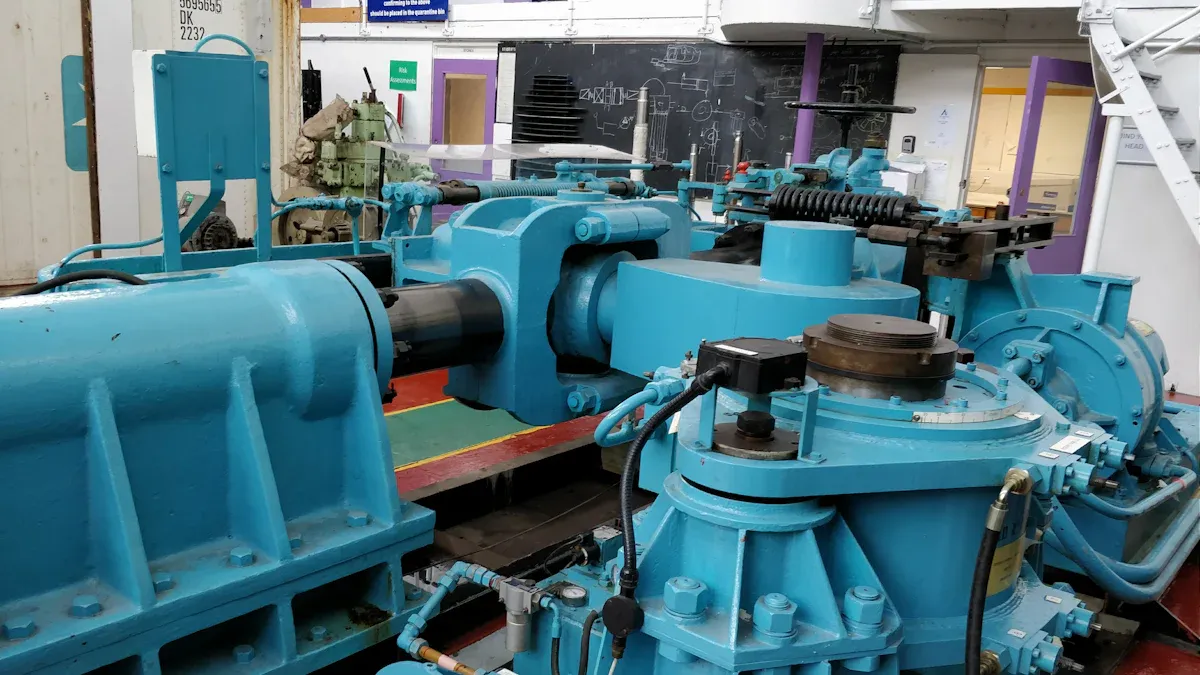
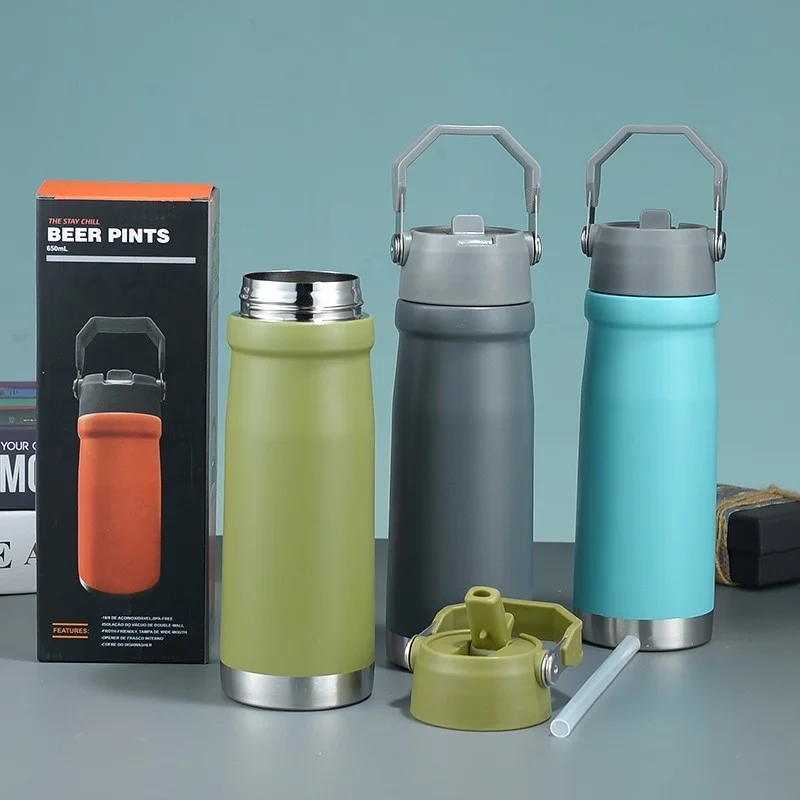

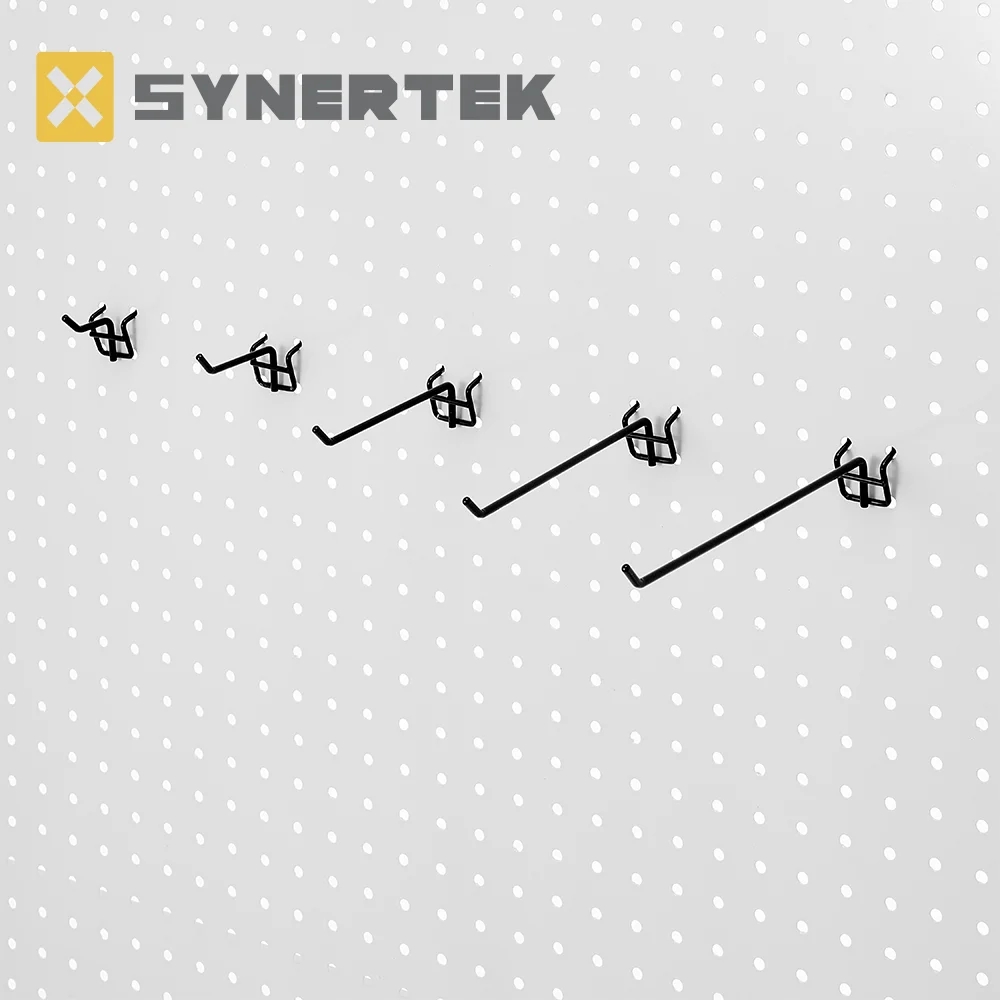

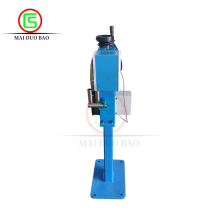
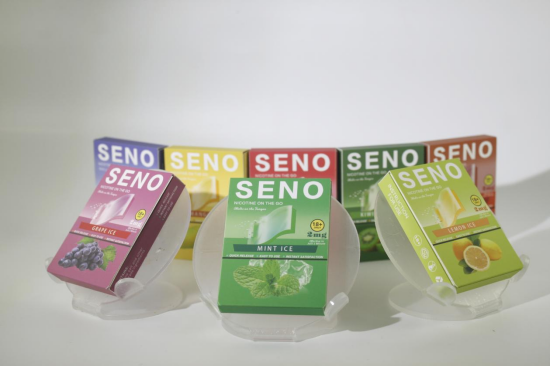
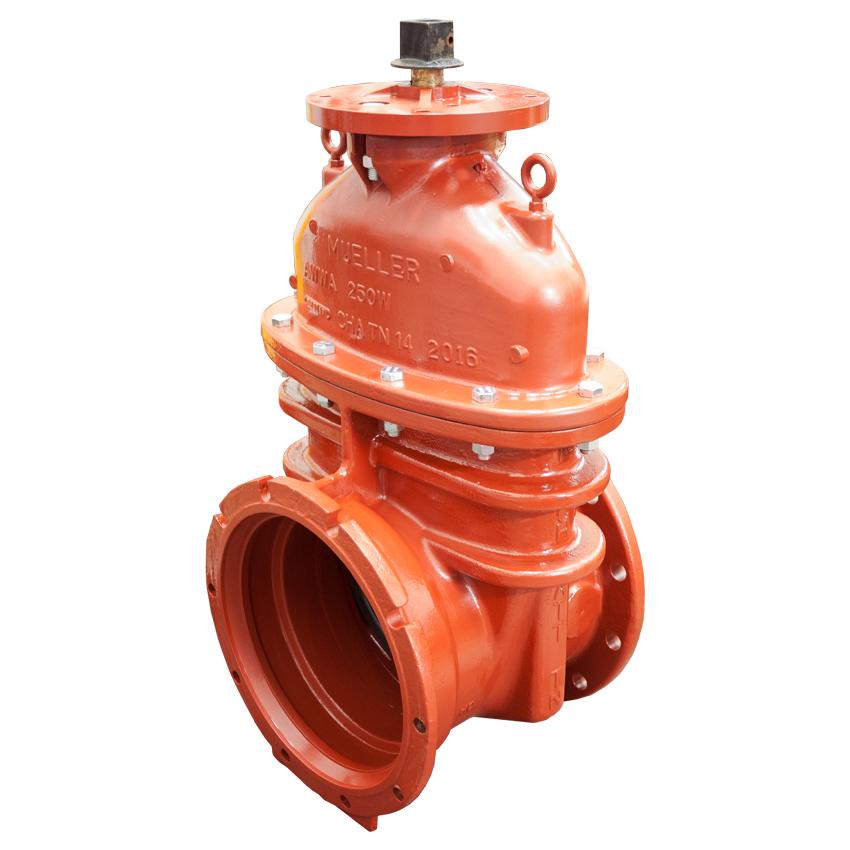
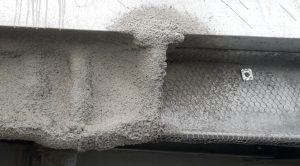
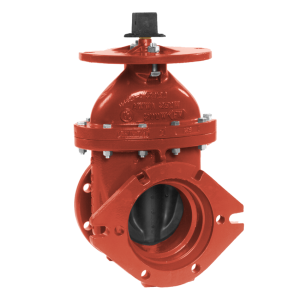

+ There are no comments
Add yours